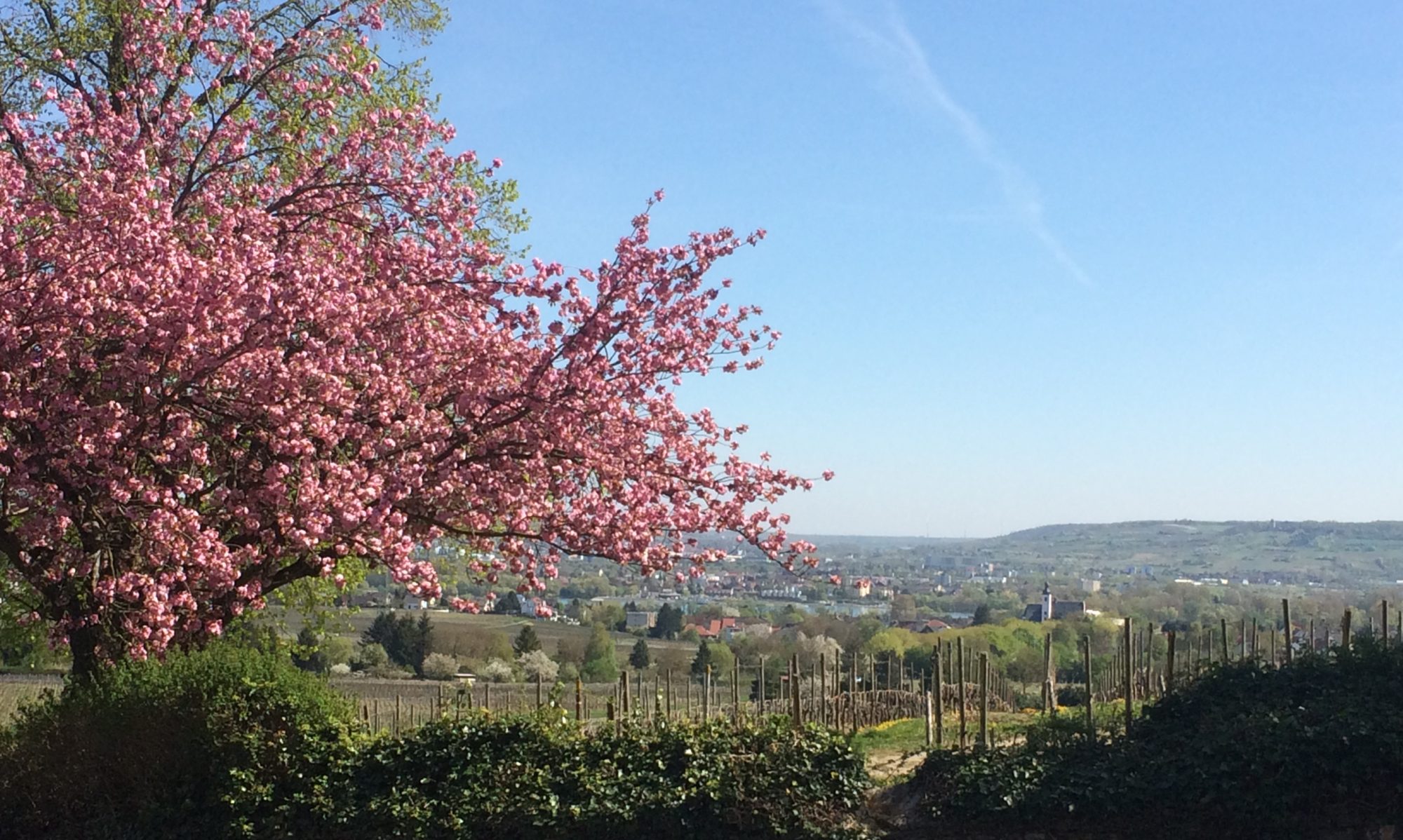Although Germany does not celebrate either of these American fall holidays, there are traditions here that partially share their background.
The German fall holiday that is often compared to Halloween is called St. Martin’s Day. St. Martin’s Day, which was historically called Old Hallowmass Eve, is the feast day of Saint Martin of Tours. In the church calendar, the holiday of St. Martin is celebrated on November 11th. It coincides with the end of the harvest season and beginning of winter. Part of the tradition includes eating a ‘Martinmas goose’ and drinking the first wine from the season (called ‘mumming’). Children participate in twilight parades, carrying self-made lanterns and singing traditional songs. Their parade is usually led by a group of musicians and a man on a horse who is dressed as a soldier.

Source: www.german.way
After parading through the neighborhood (usually with their school mates), the children gather and watch how the soldier (Martin of Tours) tears his coat in half with his sword to help a freezing beggar dressed in rags. This act is celebrated as an act of Christian charity. Martin later became a Christian monk and was named the Bishop of Tours.

Source: adobe
Following the sharing of the coat, the children receive a ‘Weck’, or loaf of bread, and are allowed to proceed from house to house with their lanterns, singing traditional songs and receiving sweets as payment. This aspect of the celebration is somewhat similar to American ‘trick or treating’. The gift of the ‘Weck’ bread has more traditional European roots, however, since a ‘Weck’ loaf was usually given to farmers as payment when they delivered their crops to the church at the end of the harvest season.
Coincidentally, November 11th is also the beginning of ‘Fasching’, or ‘Karneval’. The festivities begin at 11:11 that morning.
The other fall holiday that is similar to Thanksgiving is called Erntedankfest (harvest celebration).
The celebration of Erntedankfest goes back as far as pagan times. Farmers celebrated and gave thanks for their good fortune and a successful harvest. They would fill a goat’s horn with fruit and grain. The symbol was called a ‘cornucopia’, or horn of plenty, and is today part of our American Thanksgiving tradition. Erntedankfest is usually celebrated around the end of September, following ‘Michaelstag’, or St. Michael’s Day, on the 29th.

Source: edreams
Erntedankfest is largely a religious festival and tends to be a rural event. There are fairs and gatherings featuring lots of food, drink and conviviality. The Catholic and Protestant churches both actively celebrate Erntedankfest, which traditionally starts with a church service. In many places there is later a parade where a ‘harvest crown’ is awarded to the ‘harvest queen’. Then the parties begin with lots of music, dancing and food. There are also parades for the children, and sometimes there are games.

Source: pitopia
Germans don’t eat turkey for Erntedankfest, and it is not a day for family get-togethers. But it shares the concept of thankfulness for bounty and good fortune. Church-goers donate canned goods to the poor, and left over food from local celebrations is distributed to the needy in the community.

Source: alamy
Sources:
